Leather damages
There are various types of leather damages. Leather damage can happen through accidents. Leather can tear, can get burn holes, leather can fade by sun light or become brittle. Leather can become hard due to aging.
Contents
Signs of wear on leather
Leather is a durable material. Therefore, it was used long ago as material for saddles or tarpaulins. Nowadays, car or furniture covers made of leather are considered to be durable and of high quality. Leather is often mechanically stressed and leading to general signs of wear and traces of use. The surface is scratched or the surface colour rubs off.
Typical wear on car and furniture leather.
As long as the damages are not too strong, most of them can be coloured, filled and repaired by suitable leather care and can be protected against further wear.
![]() -> COLOURLOCK - TREATMENT OF CAR LEATHER
-> COLOURLOCK - TREATMENT OF CAR LEATHER
![]() -> COLOURLOCK - TREATMENT OF FURNITURE LEATHER
-> COLOURLOCK - TREATMENT OF FURNITURE LEATHER
![]() -> In German: www.lederzentrum.de
-> In German: www.lederzentrum.de
![]() -> Rest of the world: partners worldwide
-> Rest of the world: partners worldwide
Leather quality
Traces of use and signs of wear can look different and depend largely on the quality of the leather and the colour.
When the leather is of good substance, the finish (surface pigmentation) rubs off over time. The leather itself remains undamaged. If the leather itself is unstable, the leather cracks under the finish and the paint layer cannot withstand the lack of stability in the fibre structure of the leather.
Typical wear on good quality car and furniture leather.
Typical cracks in leather with poorer leather quality.
- Further information: Leather quality
Grease and sweat stains on leather
Sweat and body grease from skin or the oils from the hair penetrate the surface of the leather. This is caused over a period of time and due to regular contact. These fats oxidize (degrade) and deprive the leather of the effect of the tannins. The leather fibre loses its structure and disintegrates. The pH value of the sweat can also be a contributing factor.
Typical areas for such damages are armrests of cars, steering wheels and furniture. Men sweat more. Therefore, the disintegration is always particularly strong, where men have contact with leather. Regular cleaning and maintaining of the leather delays such changes significantly. Furniture should also be provided with blankets or pillows in permanent skin and hear contact areas. Oxidative damage caused by skin and hair are caused by continuous use. In case of regular cleaning and care treatments, the process can be significantly delayed.
Typical changes of car arm rests after continuous use.
Typical damage of steering wheels.
Typical fat damages: Fat collar in clothing or sweat damages in shoes.
Typical changes of furniture in head and armrest areas.
Particularly in the furniture sector, the question frequently arises whether the consumption of medication and the subsequent perspiration promotes the aging of leather or the development of leather damage. Since there is hardly a person who can manage completely without medication and his leather clothing including shoes do not suffer perceptibly, a basic risk of medication must be denied. Only in very few individual cases, which may be associated with liver diseases, there appears to be medicines that change the sweat in such a way that the leather ages more rapidly and becomes fragile even during the warranty period. However, a scientific investigation has not yet taken place and such cases are rare.
The professional cleaning and colouration on not too damaged furniture leather.
![]() -> COLOURLOCK - GREASY STAINS ON HEAD OR ARMREST AREAS
-> COLOURLOCK - GREASY STAINS ON HEAD OR ARMREST AREAS
![]() -> In German: www.lederzentrum.de
-> In German: www.lederzentrum.de
![]() -> Rest of the world: partners worldwide
-> Rest of the world: partners worldwide
Fading of leather
Some leathers are fade-sensitive and have no high light protection factor. In particular, suede, nubuck and aniline leather is fade-sensitive. In case of strongly pigmented leather, this phenomenon is rare, since most pigments are insensitive for fading. Aniline dyes are much more sensitive and tend to fade stronger and faster. Automobile leathers are generally highly pigmented and fade in very rare cases.
Such leathers should therefore be treated with care products with UV protection. These cannot prevent fading, but delay it.
Fading can happen on velvet like surfaces like suede and nubuck, but also on pigmented leather.
Faded leather furniture.
Faded car leather. Behind panels or the belt still original.
The most common phenomenon of colour change in leather is fading. But there are also rare cases of yellowing.
Yellowing of car leather. A rare phenomenon.
Except for vegetal tanned, uncoloured leather, leather gets brighter due to light exposure. Only vegetable tanned natural leather darkens with time. This effect is a desired effect and no damage. The leather should then be exposed to light in such a way that the light darkens the leather evenly.
Darkened, vegetable-tanned smooth leather.
![]() -> COLOURLOCK - CLEANING AND CARE OF ANILINE LEATHER
-> COLOURLOCK - CLEANING AND CARE OF ANILINE LEATHER
![]() -> COLOURLOCK - CLEANING AND CARE OF NUBUCK AND SUEDE
-> COLOURLOCK - CLEANING AND CARE OF NUBUCK AND SUEDE
![]() -> In German: www.lederzentrum.de
-> In German: www.lederzentrum.de
![]() -> Rest of the world: partners worldwide
-> Rest of the world: partners worldwide
Disintegration of old leather
Even if the tanner tries to produce the best quality leather, leather decays with time, even with careful use and optimal storage. Very old leather begins to become fibrous and decompose, or some leather also get hard and stiff.
Antique Leather decay or harden.
The patination of an antique leather folder.
![]() -> COLOURLOCK - THE TREATMENT OF ANTIQUE LEATHER / CHESTERFIELD LEATHER
-> COLOURLOCK - THE TREATMENT OF ANTIQUE LEATHER / CHESTERFIELD LEATHER
![]() -> COLOURLOCK - THE TREATMENT OF HARDENED LEATHER
-> COLOURLOCK - THE TREATMENT OF HARDENED LEATHER
![]() -> In German: www.lederzentrum.de
-> In German: www.lederzentrum.de
![]() -> Rest of the world: partners worldwide
-> Rest of the world: partners worldwide
Dye transfer on leather
In the past, the cases where clothing or fabrics discolour leather or imitation leather have increased. This always applies to lighter colours because the discolourations are better visible on light surfaces. These are usually furniture or car leathers. Jackets, trousers or leather belts mainly cause these discolourations. Some cushions can leave dye stains on furniture or socks can lead to dye transfer on shoes. The processed jeans, textile or leather transfer dyes to the leather surfaces of the upholstery. The dyes slowly sink into the leather or artificial leather surface. These stains cannot be removed by means of standard cleaners.
Typical denim discolouration on car leather.
Belt discolourations on car leather are usually so strong that only a specialist company can help.
The sensitivity to such discolouration has increased significantly over the past 15 years. In most cases the dying materials are blamed. But leather that is older than 15 years tends to be significantly less stained, even when they come into contact with the colouring materials. Therefore, it can be assumed that the change from solvent products to water-based finish-chemicals of leather and synthetic leather and the trend towards very matt surfaces have markedly increased this sensitivity. It is therefore common to find more adverts from chemical companies who have developed new additives with "anti-soiling properties".
Colouration by protective covers made of sheepskin. Left leather, right synthetic leather.
Unfortunately, brand new, light upholstery furniture after a short time dirts by discolouration of textiles (not only jeans!) And there is no easy cleaning possibility.
A simple test is sufficient: Lightly moisten a light cloth and make a rubbing test on the discolouring material. Does it dye strong, the discolouration is too much. There are also cases where leggings, which do not rub off during the rubbing test, still discolour the upholstery. It is therefore necessary to examine from case to case the fault of the discolouration. In case of doubt, an expert or institute has to check.
Too strong dye transfer from leather shoes and leather jackets.
Typical jeans discolouration.
Discolouration by the back of a fur blanket on furniture.
Strong discolouring leggings stain new artificial leather sofa.
A typical case: Pillows discolour new artificial leather.
Jeans discolouration on handbag leather. - Patent leather is extremely sensitive and discolours easily.
![]() -> COLOURLOCK - HOW TO REMOVE TEXTILE DISCOLOURATION
-> COLOURLOCK - HOW TO REMOVE TEXTILE DISCOLOURATION
![]() -> In German: www.lederzentrum.de
-> In German: www.lederzentrum.de
![]() -> Rest of the world: partners worldwide
-> Rest of the world: partners worldwide
Other leather damages
- Typical split leather damages
- Typical damage to PU leather in the furniture area
- Colour separation of leather
- Damage to synthetic leather with leather fibres on the reverse
- Flamingo effect: Reddish discolourations on bright furniture in concealed areas
- Bronzing: Metallic glimmer on new leather
- Glue migration from the back side to the visible side of the leather
- Stains on perforations
- Colour migration from behind the leather through to the front
- Dye transfer from leather
- Tyre marks on car leather
- Mouldy leather
- Fatty spue - Fat marks on leather
- Corrosion on contact of metals and leather
- Salt stains on shoes and boots
- Shrunken leather - leather shrinkage
- Dents - Over stretching - Sagging in leather
- Looseness
- Cat scratches on leather
- Vermin damage on leather
- Red decay
- Cowhides and bald spots
- False pH value
- Too slippery Leather
- Spinn web effect caused by aziridine crosslinkers
- Electrostatic charging of leather
Additional information
- Leather repair
- Basic rules when dealing with leather
- Natural markings on leather (Scars, skin diseases, brand marks etc.)
- Leather defects
- Leather defects (Errors in the leather production)








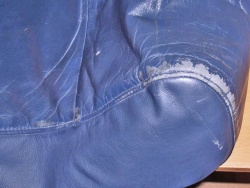
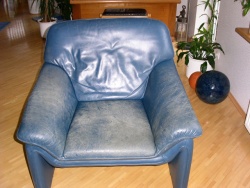
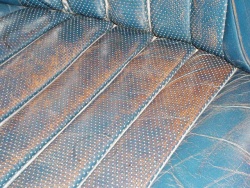
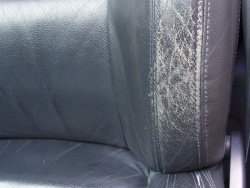
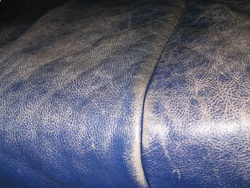
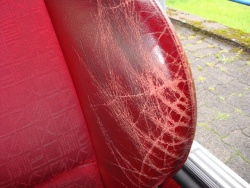
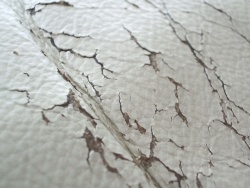
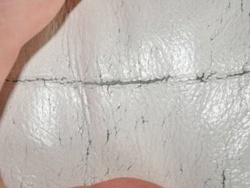
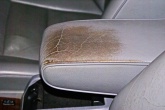
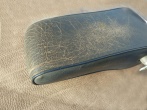
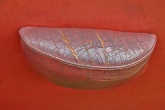
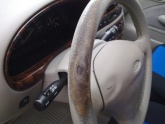
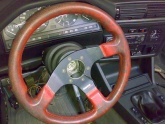
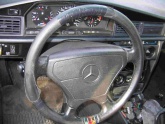
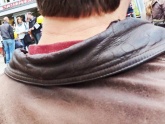
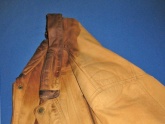
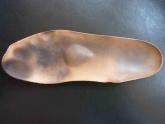
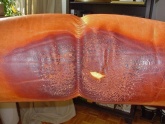
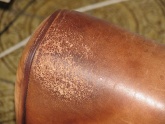
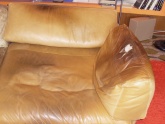
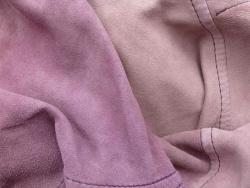
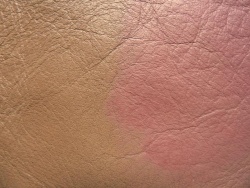
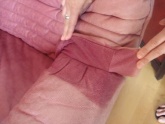
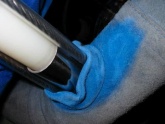
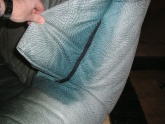
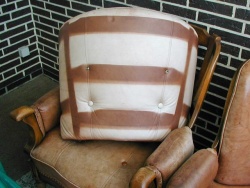
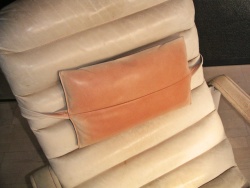
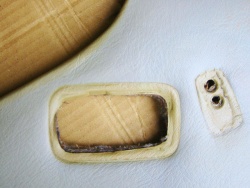
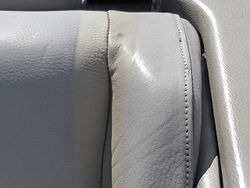
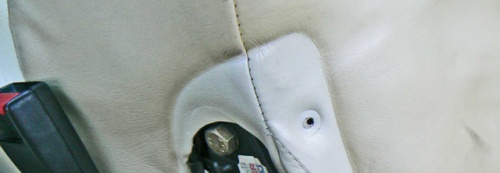
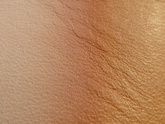
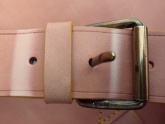
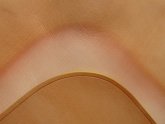
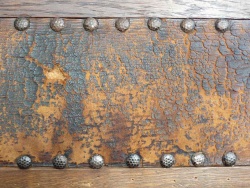
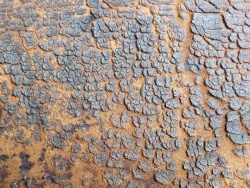
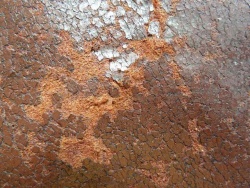
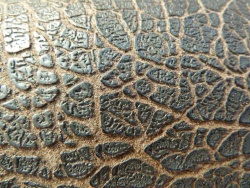
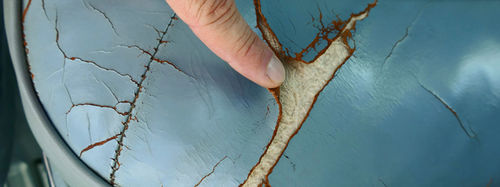
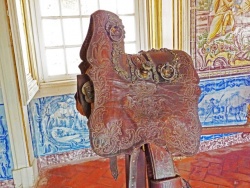
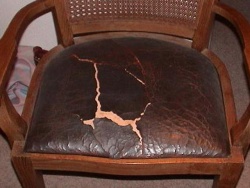
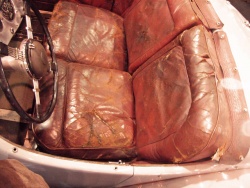
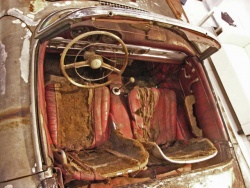
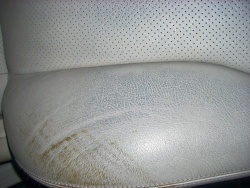
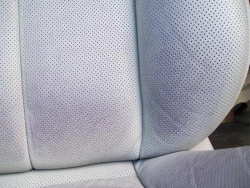
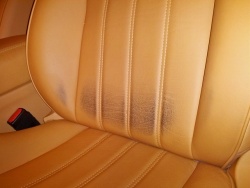
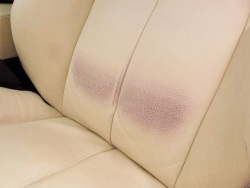
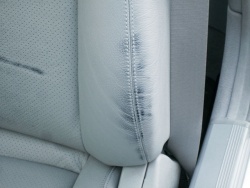
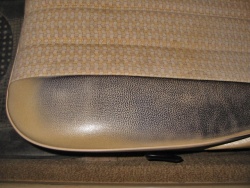
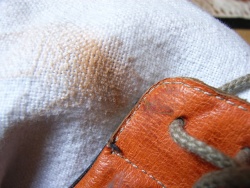
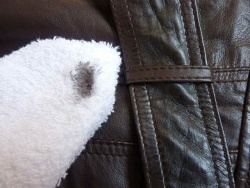
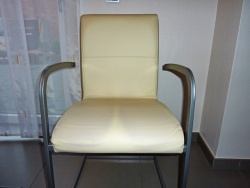
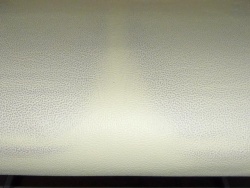
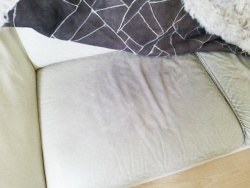
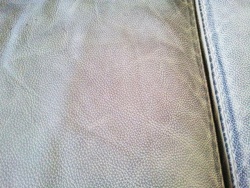
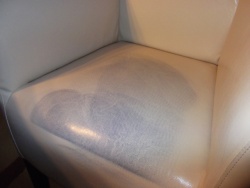
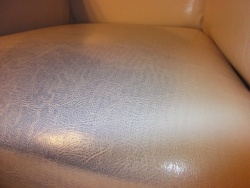
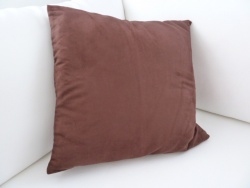
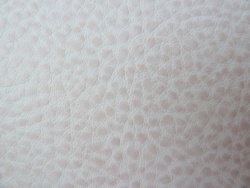
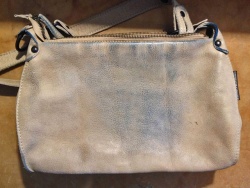
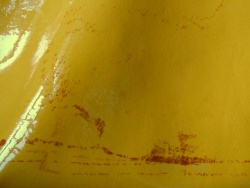

 a kotori web solution
a kotori web solution